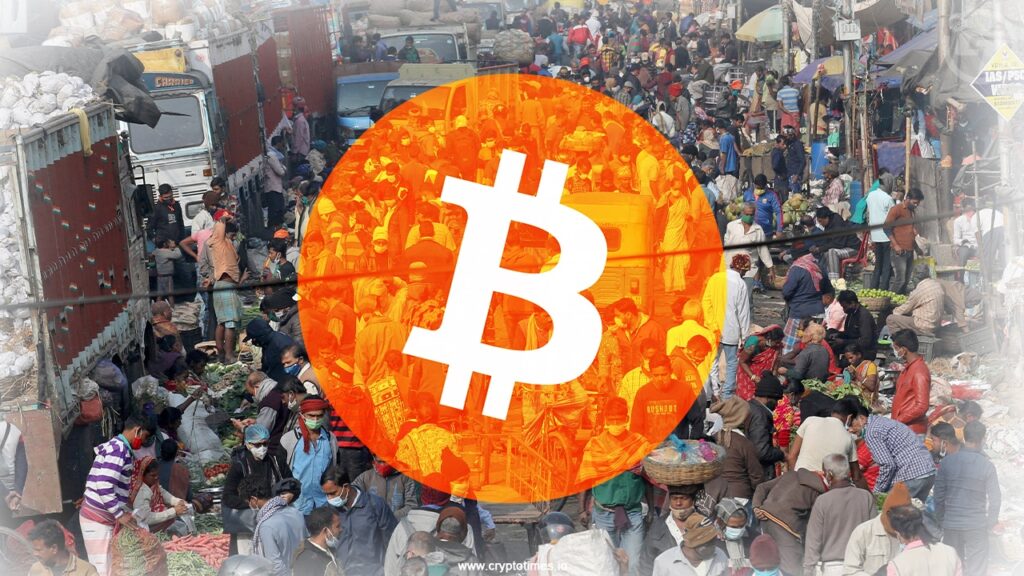Now Reading: Crypto’s Quiet Surge: A Tier-2 India Story
-
01
Crypto’s Quiet Surge: A Tier-2 India Story
Crypto’s Quiet Surge: A Tier-2 India Story

India’s smaller cities are often absent from national headlines. Yet a silent shift is underway—crypto trading is gaining traction beyond metros. From Nagpur to Kochi, everyday people are quietly investing in digital assets, drawn by curiosity, community chatter, or a hint of extra income. What’s fueling this rise and what’s at stake for these emerging markets?
In places like Ludhiana, Bhopal, and Madurai, traders are no longer the domain of tech-savvy elites. College students, small-town entrepreneurs, and gig workers are exploring crypto apps. What’s standing out isn’t sky-high speculation, but cautious, early engagement—people testing the water, often starting small, learning as they go.
For many, limited local investment options create a window of opportunity. Traditional avenues like mutual funds or stocks feel distant and complex. Digital currencies, on the other hand, are easily accessible via phones—easy to install and explore. Plus, peer influence plays a role: hearing about a neighbor’s modest gains can go further than any ad.
This rise comes with caveats. Crypto’s notorious volatility means that gains can just as quickly vanish. Digital literacy gaps compound the challenge—missteps, scams, or phishing schemes are risks. At the same time, many in Tier-2 India remain wary, treating crypto as an experimental side-hobby, not a financial mainstay.
India’s stance remains watchful. A 30% tax on digital asset profits is in force, and policy clarity is slowly emerging. For Tier-2 traders, this means added compliance layers—even if their investments are modest, paperwork and misunderstandings can be barriers. Yet it may also signal growing legitimacy, laying groundwork for safer participation.
What stands out is not a crypto boom, but a quiet, calculated curiosity spreading through India’s Tier-2 towns. It’s less about frenzied trading and more about exploration—with small sums, cautious optimism, and the occasional tie to community buzz. If regulation evolves wisely, this grassroots engagement could be a harbinger of broader, more inclusive participation in digital finance.

























